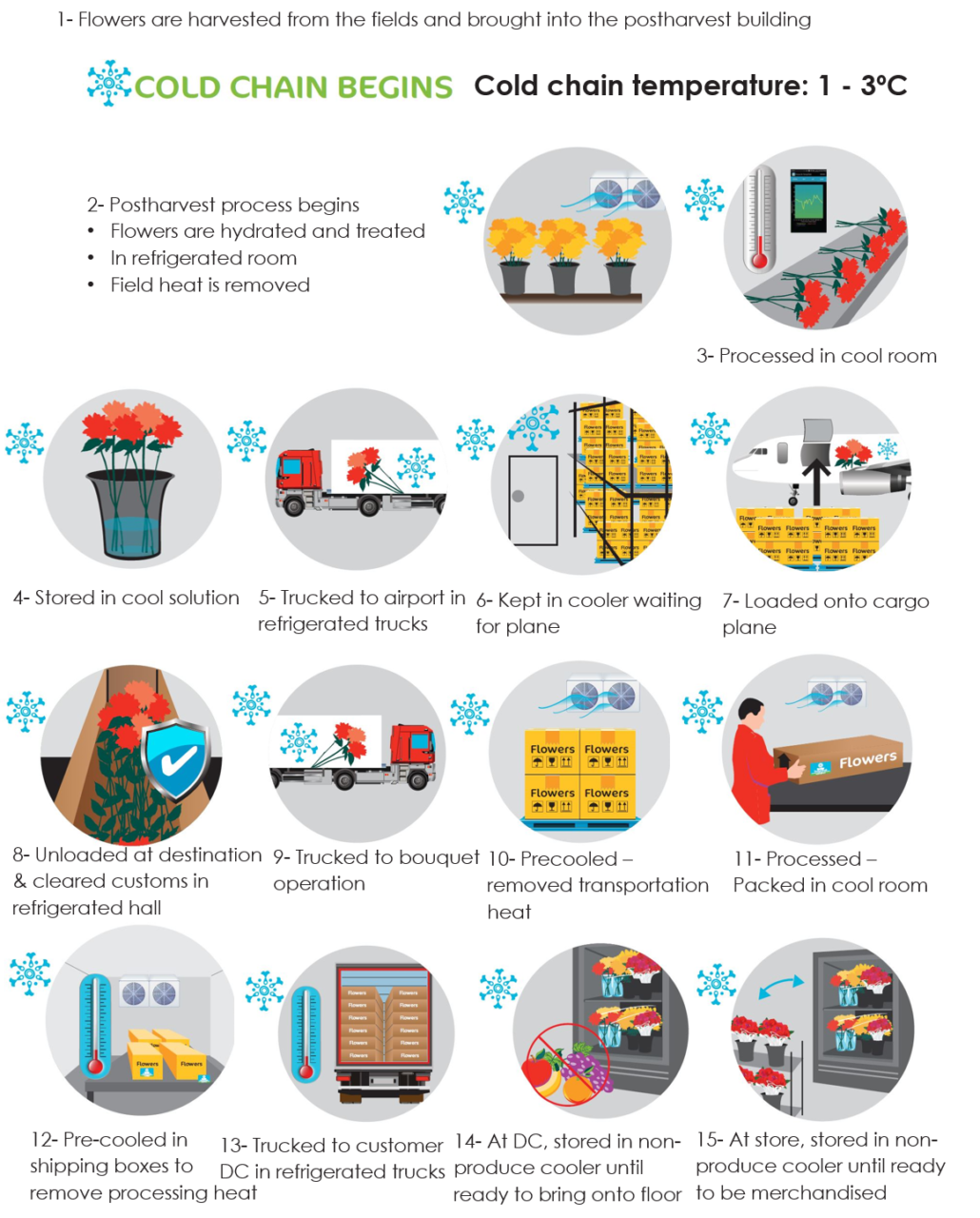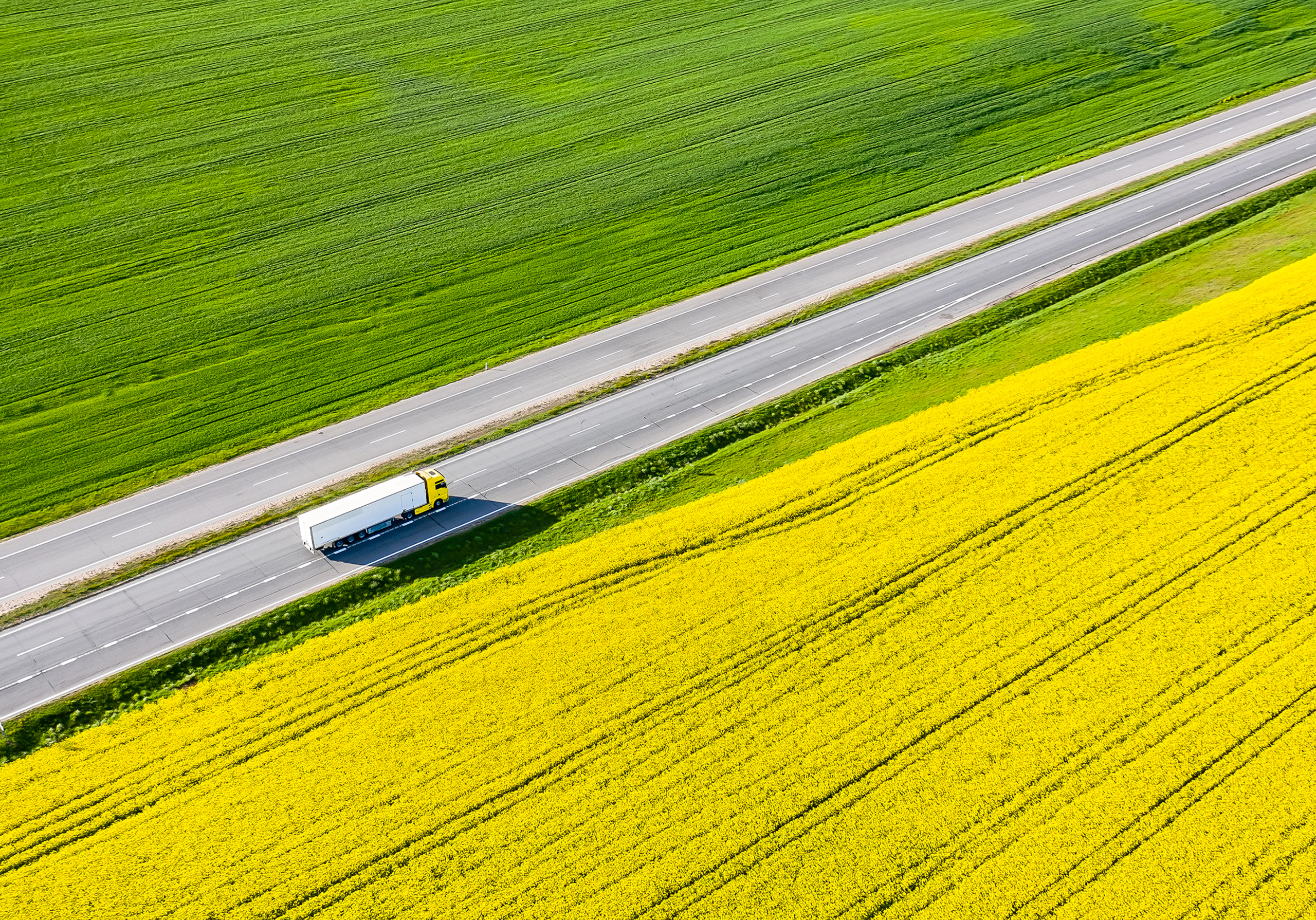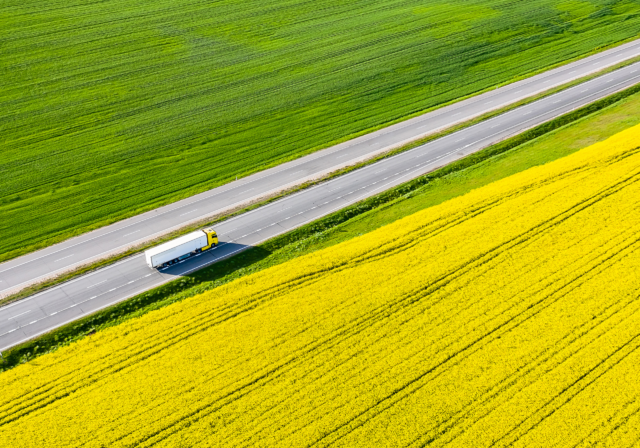In recent years, we have witnessed the floral supply and distribution chain growing ever longer. Flowers come from greater distances than ever before to reach the retailer and the consumer. Despite these distances, the overwhelming majority of flowers tend to arrive healthy and vibrant, with plenty of vase life remaining.
What is the formula for success? Well, there are many steps along the way, and proper care and handling at each step is critical. And one of the most important protocols is adherence to the cold chain. From the field to the processing facility, from the farm to the airport, from the airport to customs, from the bouquet operation to retail, floral professionals work to maintain flowers at a consistent cool temperature, ideally between 34 and 38 degrees Fahrenheit (1-3 Celsius). Let’s follow the flowers along their refrigerated journey, shall we?

From the Fields to the Processing Center
At the farm, workers harvest flowers from the fields and bring them into the postharvest building. They wait in a cooling room while the heat from the fields dissipates.
Then, the postharvest process begins. Workers begin by hydrating and treating the flowers in a refrigerated room.
After hydration and treatment, processing begins in another room. Flowers first rest in a cool hydration solution. Then, they are graded, bunched and sleeved. Next, flowers go into another hydration solution to be cooled once again. Then, ideally still in the cooler, flowers are placed into shipping boxes to await transportation to the airport.
From the Processing Center to the Airport
Refrigerated trucks transport the flowers to the airport, where the flowers wait in a large cooler until they are ready to be loaded onto a cargo plane.
After a temperature-controlled flight, the shipper unloads flowers into a refrigerated hall at their destination, where customs officers receive and clear the product. After that, the flowers await transportation.
From the Airport to the Bouquet Operation
Refrigerated trucks transport the flowers from the airport to the bouquet operation or distribution facility. Upon arrival, flowers once again wait in a pre-cooling room to remove any heat collected during transportation.
Bouquet makers process flowers, make bouquets and pack the flowers in another cool room, then place them in shipping boxes, which are also precooled to dissipate heat collected during processing.
If the bouquets are made at the farm or the flowers are sold as bunches, they are transferred to the importer’s cooler to await shipment to the wholesaler or mass market buyer.
From the Bouquet Operation to the Distribution Center
Refrigerated trucks then transport the shipping boxes to customer distribution centers.
The customer distribution center stores the flowers in a non-produce cooler to await distribution to the retail store. It’s important to keep flowers and produce separate due to the harmful ethylene gas emitted by ripening produce.
From the Distribution Center to the Retail Store
Refrigerated trucks take the flowers from the distribution center to the retail location. Once again, the retailer stores flowers separately from other produce until it is time to merchandise the flowers.
Fighting Temperature Fluctuation
It bears repeating: at each step along this epic journey, every effort is made to maintain that steady 34-38°F (1-3 C) temperature. Why the dogged determination to maintain a consistent low temperature? Because temperature fluctuation is the enemy! When temperatures rise and fall repeatedly flowers become stressed and may begin to produce ethylene.
Also, temperature fluctuations lead to condensation forming inside the flower packaging. Condensation leads to high humidity in the packaging, which can cause botrytis spores to begin growing in 4 to 8 hours. And botrytis is contagious, passing from one compromised flower to the next. As they say, it’s a vicious circle!
Obey the Cold Chain!
It’s something to think about... when those flowers are in your care, remember the hard work and constant focus of floral professionals from the farm forward who work to deliver the freshest, healthiest, most beautiful flowers possible for the consumer. Then, do your part!


